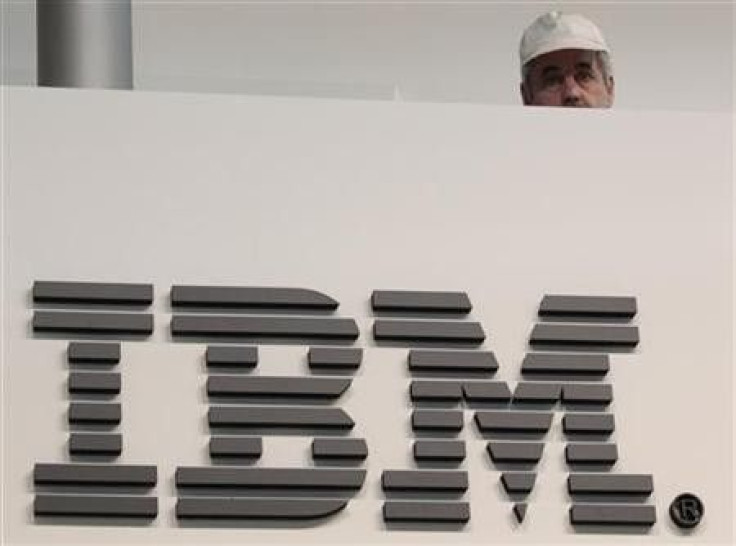IBM's Brain Power: Company Produces Chips to Mimic Human Brain

IBM has developed a new microprocessor the company claims comes closer than anything done before at replicating the human brain.
With one of the world's largest research and development budgets and centers, the move is potentially a breakthrough for the technology company since it says the system is capable of rewiring its connections as it encounters new information the same way a human brain would -- since biological synapses work that way.
IBM's SyNAPSE system uses two protype neurosynaptic computing chips, the company said. Each has 256 computational cores. Scientists describe those as the electronic equivalent of neurons -- mimicking the human brain.
One chip has 262,144 programmable synapses. The other has 65,636 learning synapses.
IBM researchers feel that by replicating the rewiring connections feature the company's patented technology could eventually start similar to how humans learn -- applying new information and experiential information to evolved thinking.
Synaptic connections between brain cells in humans and animals physically connect themselves depending on experience in the world. Learning is a process of forming and strengthening these connections.
The six-year-long project at IBM has involved hundreds of researchers and $41 million in federal government funding from the Defense Advanced Research Projects Agency (DARPA). Currently, the chips have the ability to adapt to different types of information that wasn't originally programmed as an expectation.
While it's not yet at a level near the capicity to process and adapt like the human brain, the technology holds the potential of major-breakthrough.
Already, though, IBM's prototype chips -- called by the company as unprecedented -- can give mind-like abilities for computers to make decisions by collating and analyzing large amounts of data, similar to how humans gather and understand a series of events, said Dharmendra Modha, project leader for IBM Research, in a statement.
The company's experiemental chips were modeled after human neural systems.
In today's computers, there are some key fundamental limitations that are projected to come to an end, Modha said. The ever-increasing clock rates are unsustainable. In contract, the brain is an ultimate computer.
We now have the seeds of a new architecture that can allow us to mine the boundary between the physical and the digital world in an ever more efficient way.
© Copyright IBTimes 2024. All rights reserved.











